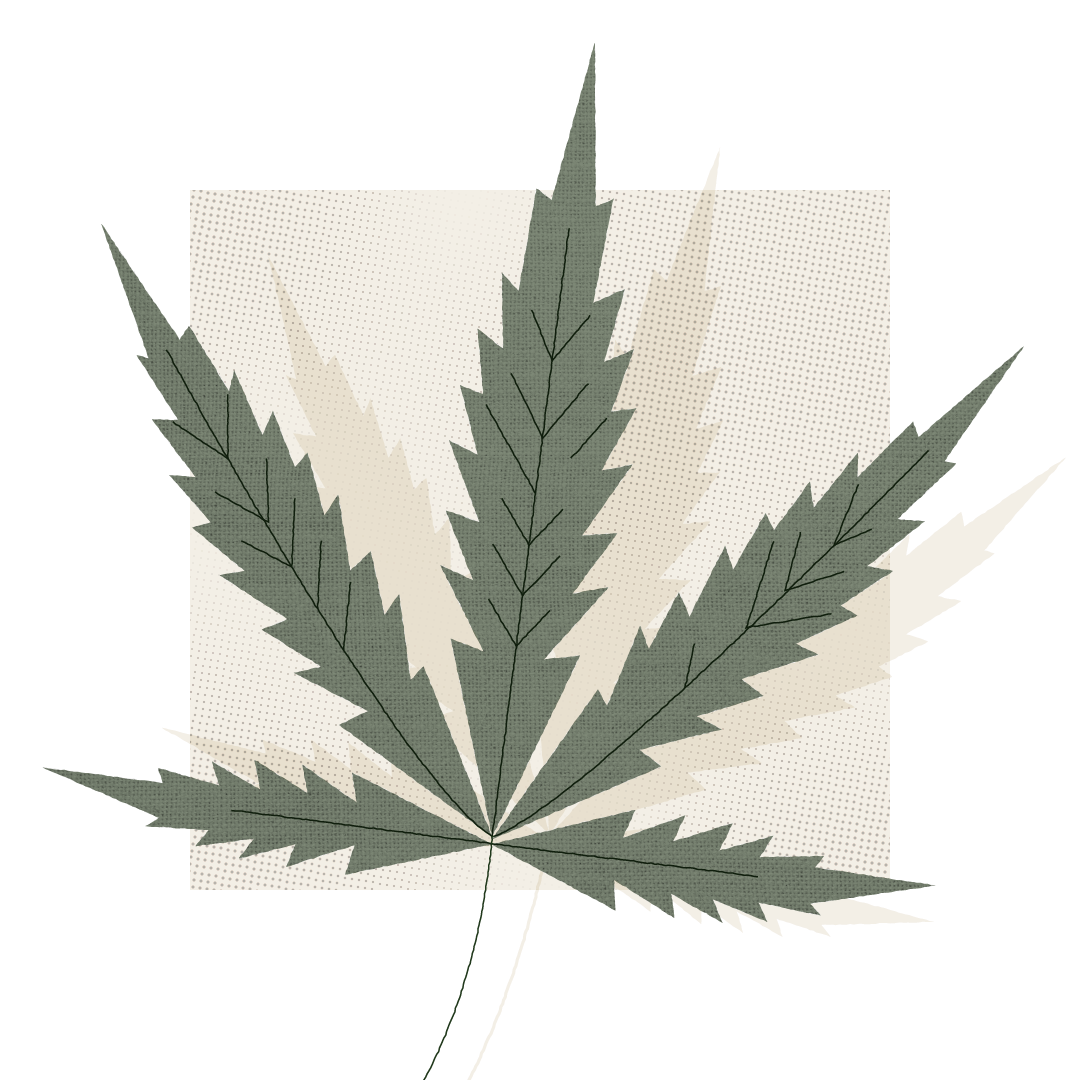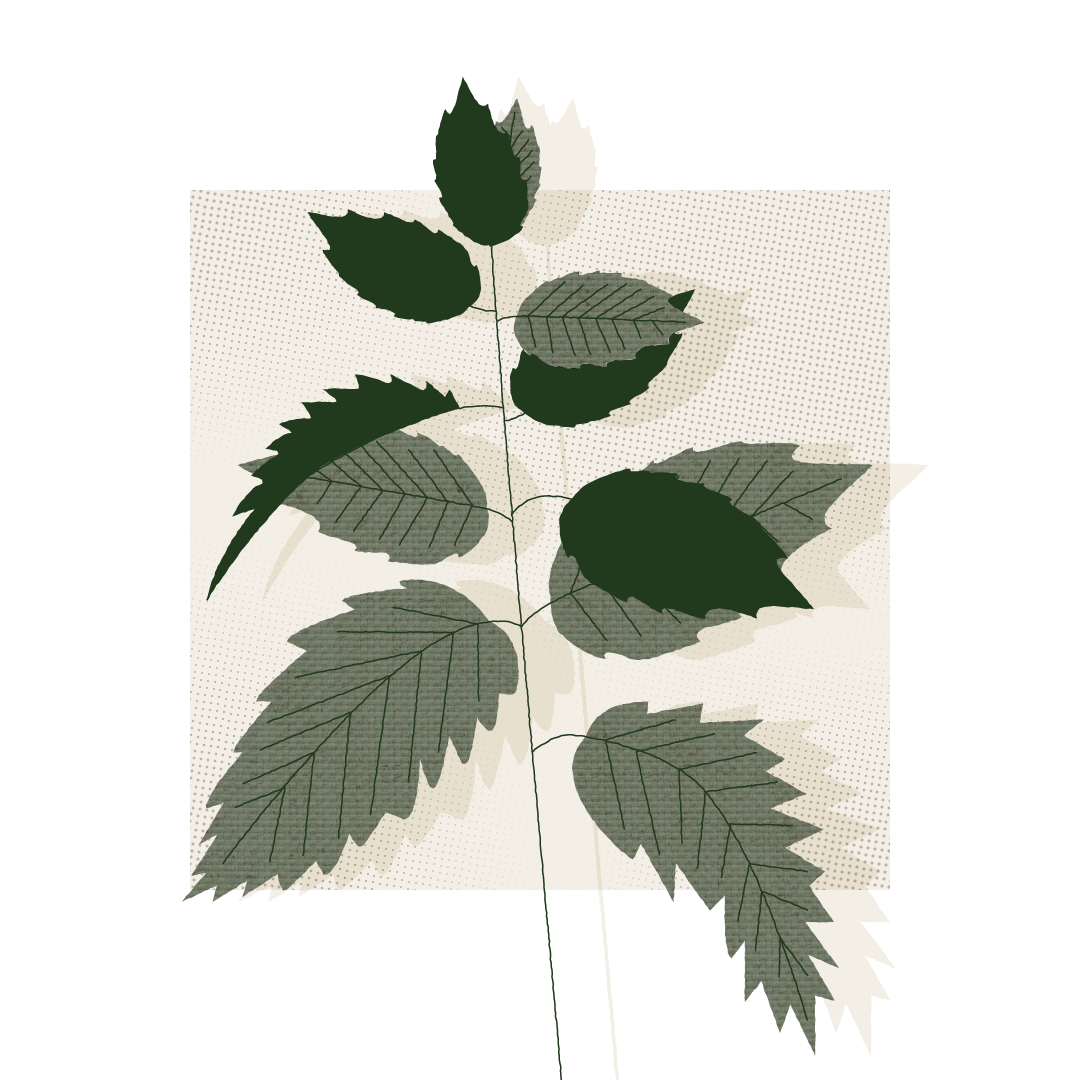Materials
A significant part of Lalu bags are made of organic hemp, nettle, cotton, and/or jute. These plants grow abundantly in Nepal and India, and make durable and sturdy fabrics.

Hemp
Hemp is one of the most sustainable options, and it’s one of the oldest fibers used for fabrics. Organic Hemp is a carbon sink material, meaning it absorbs more Co2 than it emits in the growth process. It also consumes less water than most plant-based materials, making it impressively sustainable. In the right region, Hemp can be a very resilient plant with a high yield, and no chemicals are needed for its survival. In its growth, it returns a high amount of nutrition to the ground, keeping the soil healthy.

Nettle
Nettle is a perennial low-maintenance plant, and it creates impressive fabrics. It’s another carbon sink with a beautiful natural look. Nettle is a plant that grows abundantly in the wild, almost uncontrollably. Its maintenance requires no chemicals and its growth is healthy for the soil. The process of production from plant to fabric is done by hand - no chemicals and machines.

Cotton
Cotton fabric is more known, for good reasons. It creates a strong and durable fabric that can be used in many ways. The cotton we use is grown without the use of fertilizers or pesticides, therefore organic. The farmers work with nature to keep the soils healthy for long-term use.

Jute
We use jute for some of the smaller details of our bags. It is a renewable resource that can be grown quickly and easily without the need for large amounts of water or pesticides. This makes it a highly sustainable crop that is less damaging to the environment than other materials such as synthetic fibers. Jute is also biodegradable and compostable, which means that it can be easily disposed of without causing harm to the environment.
